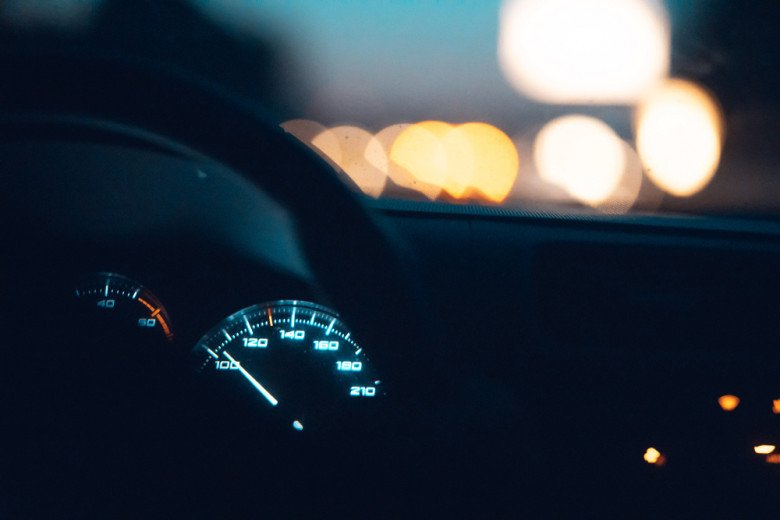277
views
views
Driving late at night is dangerous because other drivers may be sleepy, stressed, or under the influence of drugs or alcohol. The glare from a car coming from the other side with high beams, however, is the most common difficulty faced by practically every driver at night.
Driving late at night is dangerous because other drivers may be sleepy, stressed, or under the influence of drugs or alcohol. The glare from a car coming from the other side with high beams, however, is the most common difficulty faced by practically every driver at night. When a bright light from the other direction shines directly on our eyes, we lose depth perception, our peripheral vision deteriorates, and our pupils expand, resulting in blurriness. Accidents frequently occur as a result of this momentary blindness. Follow these helpful tips to reduce the risk of night blindness when driving due to a severe drop in visibility.
- Examine your vision on a regular basis. If you wear glasses or contact lenses, make sure they're up to date. Using thin glass frames in prescribed glasses can also help to prevent night blindness to some extent.
- Because human eyes require more light as they age to see objects in dim light, it is advised to avoid night driving for the elderly, and if it is unavoidable, they should drive gently.
- On multilane highways, use the slow lane since the light beams from vehicles in the adjacent fast lane may be strong.
- Driving slowly and adjusting your speed to the reach of your headlights is the simplest technique to avoid night glare. This drill will prepare you to stop in complete darkness for an impediment that is beyond the reach of your headlights.
- Avoid getting blinded by high beams that strike your eyes directly. To avoid becoming temporarily blind, simply gaze down toward the right side of the road. Until the car passes, focus on the lane's edge or the painted edge line.
- Keep your eyes moving and avoid focusing on the middle area that your headlights illuminate. Oncoming vehicles' abrupt bursts of light should be avoided at hilltops, at curves, and at intersections.
- Protect your eyes from prolonged exposure to glare from sunshine or headlights, which might reduce your nighttime visibility. Wear sunglasses during the day and remove them after the sun sets. After a long day of driving, take a break before driving at night.
- Keep the inside and outside of the windshields and glass surfaces clean for clear vision. Glass stains or dust particles reflect light, reducing visibility on the road. Keep the automobile headlights clean as well so that they work properly and give adequate visibility.
- In weak light, concentrate on the sides or outlines of objects. When focused on the margins of an object rather than staring at it directly, human eyes tend to take in visuals more clearly.
- Properly align both outside mirrors to prevent blind spots and glare from approaching vehicles.
- If available, turn the little lever at the bottom of the rear view mirror to the "night" position.
- Check your headlights often to ensure they are in good operating order. On a cloudy or rainy day, turn them on at least an hour before sundown and leave them on for at least one hour after sunrise.













Facebook Conversations